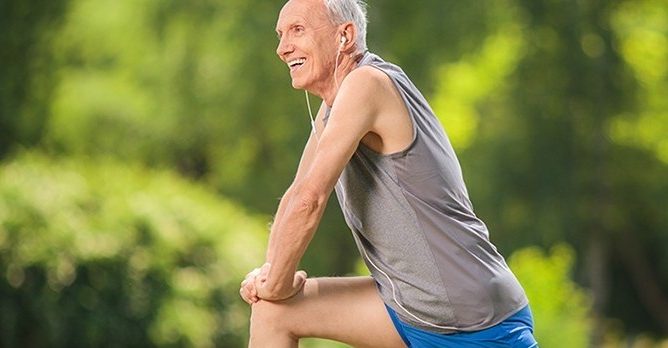Is Your Gym Exercise Contributing to Lower-Back Pain?

The leg press, seated row, lat-pulldown, seated leg curl and shoulder press have been favourite exercises of thousands of gym enthusiasts for many years. However, when done improperly they can lead to lower-back pain.
Lower-back pain is a common complaint which has many different origins including exercise error. Repetitive poor lifting habits are often one of them. Over the last ten years of observing thousands of gym participants and teaching hundreds of people how to move more effectively I have found there are some causes of back pain that can mostly be eliminated with some easy changes in your exercise technique.
Lower the Weight and Perfect Your Lifting Technique to Get Stronger
- Leg Press:
- Error– starting position – sitting with your buttocks forward and sacrum away from the bench, which flexes and compresses the spine.
- Fix – start with by sitting as tall as you can in a neutral. Lean back from your hips. When you are seated place your hand behind your lower back, there should be a slight curve before your sacrum touches. When lowering the weight make sure that your knees only come in as far as you’re able to maintain the neutral posture.
- Seated Row
- Error – leaning back and hyper extending the back. Pulling with the lower back instead of the muscles around the shoulder blades and arms (upper back)
- Fix – start in a good upright position. Sit on your sit-bones as your anchors. Bring your ribs over your pelvis. Shoulders aligned over top, with you ears slightly in front of your shoulders. Think of your spine being in a nice vertical plumb line. On your first repetition lean forward and then come back to the start position. Start by contracting your deep abdominal muscles to maintain stability. Pull your shoulder blades together, add the arms as your elbows bend, finish with a slight squeeze of the shoulder blades. All the effort should be centered around the upper and mid back. Maintain your plumb line.
- Lat -pulldown
- Errors – 1. Leaning back, by hyper extending the lumbar spine (lower back); 2. pulling the bar so far down that you do a mini-sit-up; 3. bringing the bar behind your head! (see photo).
- Fixes Your hip joint needs to act as a hinge. Start sitting in a nice vertical position as above. Know keeping your back straight abdominals slightly engaged hinge back (your pelvis and spine act as one piece) about 10 – 15 degrees. Keep your elbows slightly forward as you bring the bardown to your collarbones by pulling your shoulder blades down into your back pockets.
- Seated Leg Curl
- Errors– 1. flexing/extending the spine as you pull; 2. having your knees too far forward.
- Fixes –Adjust your seat until your knees are aligned with the pivot point of the bar (some machines highlight this with a different colour). As with the leg press, lat pulldown and seated row start with your spine in neutral. Sit all the way back with your sacrum against the back rest. Lean back, hinging about your thighs. Slightly tighten your abdominals before pulling with the back of your upper thighs.
- Shoulder Press
- Error – using too much weight and lifting the spine and rib cage off the bench.
- Fix – lower the weight. Either with dumbbells or free weights, your spine does lengthen (extend) as you lift overhead. Try to keep your lower rib cage against the bench.
Too many people have difficulty maintaining a neutral spine when they exercise. We also find that many clients are unable to distinguish between hip extension and spine extension. Proper spinal alignment and stabilization are important in preventing repetitive lower back strain. If you feel a pinching sensation in your lower spine when lifting, stop and re-adjust either your position or even lower the weight.
Core strength is the ability to maintain stability while pushing, pulling or rotating. At Lifemoves we teach core activation, core stabilization and then core strength.
Remember these are only some of common errors we see in the gym, however there are other exercises we see being done incorrectly including preacher curls, stiff leg deadlifts, squats and rotational exercises. Try these out and let us know what you think by posting your comments below.
Call us today to help prevent lower-back pain and learn how to lift properly for your goals and medical conditions.






